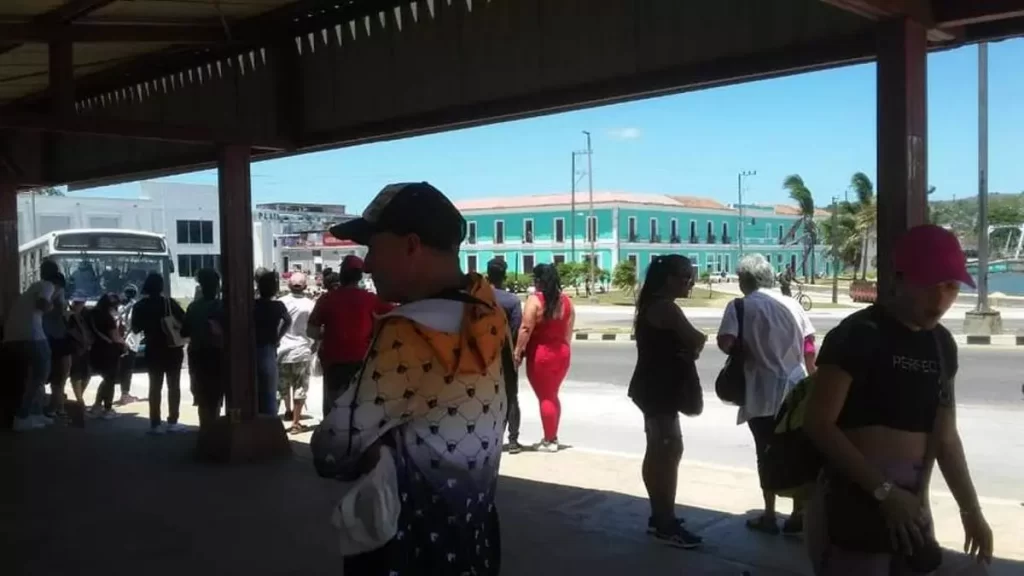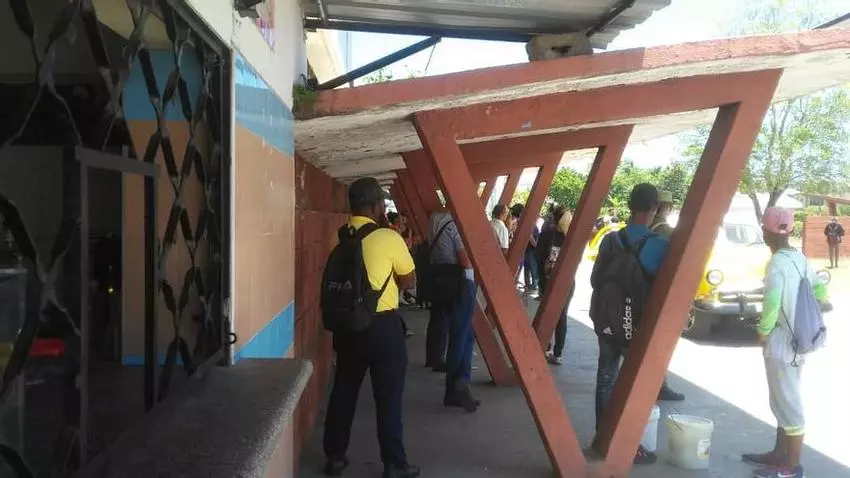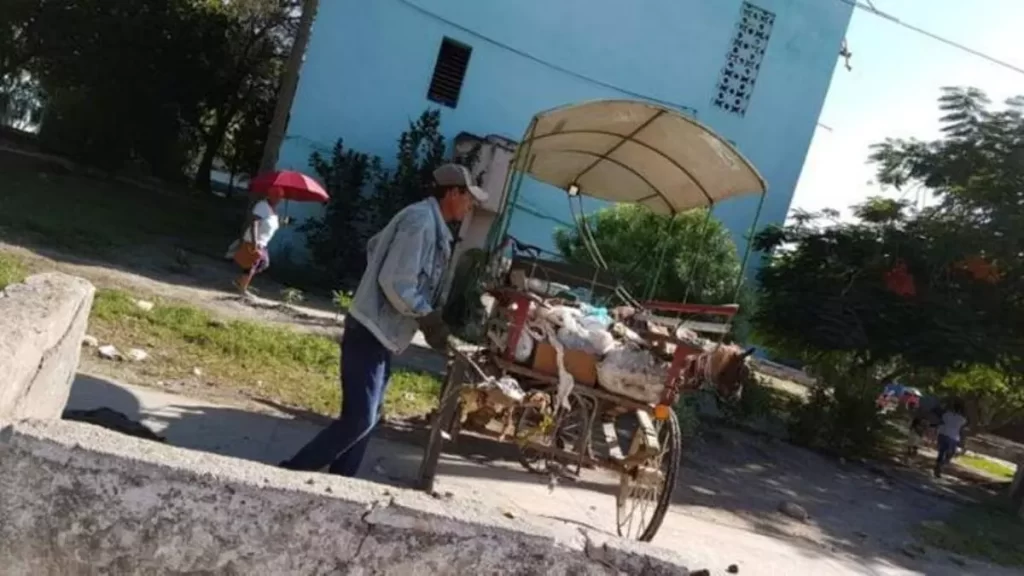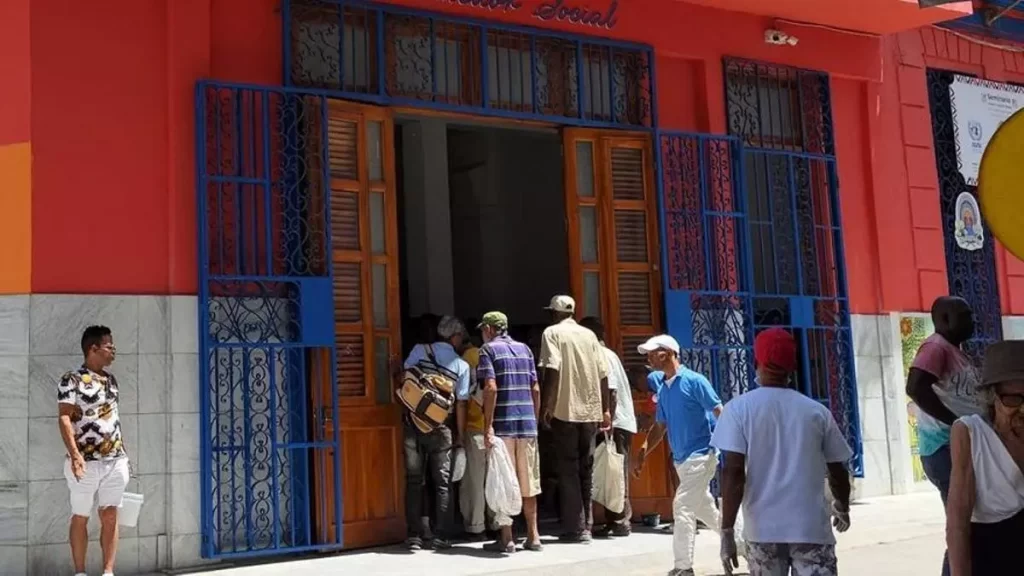Before ending up in a dungeon, people prefer to hang up their ideological mask or emigrate to any country where peaceful protest is not so harshly penalized.

![]() 14ymedio, Yoani Sánchez, Generation Y, Havana, 30 April 2024 –She was 21 years old when she took her mobile phone and recorded part of the popular protests that shook the city of Nuevitas, in the Cuban province of Camagüey, in August 2022. Just a few days ago it was learned that a court sentenced her to 15 years in prison. If she serves that complete sentence, when she is released from prison, Mayelín Rodríguez Prado will be close to completing four decades of life. She will have spent the most precious moments of her existence behind bars. The time of studying for a university degree, of walking with her young friends, of being a mother or undertaking a professional project, will all be spent for her in a penitentiary.
14ymedio, Yoani Sánchez, Generation Y, Havana, 30 April 2024 –She was 21 years old when she took her mobile phone and recorded part of the popular protests that shook the city of Nuevitas, in the Cuban province of Camagüey, in August 2022. Just a few days ago it was learned that a court sentenced her to 15 years in prison. If she serves that complete sentence, when she is released from prison, Mayelín Rodríguez Prado will be close to completing four decades of life. She will have spent the most precious moments of her existence behind bars. The time of studying for a university degree, of walking with her young friends, of being a mother or undertaking a professional project, will all be spent for her in a penitentiary.
Most of the 13 Cubans prosecuted for the demonstrations in that Camagüey municipality were tried for the crime of sedition, the legal figure that the Cuban regime also used against some of the protesters in the historic protests of 11 July 2021 (’11J’). In the case of Rodríguez Prado, his participation was limited to transmitting the events in Nuevitas through Facebook and collecting testimony from some girls who were beaten by uniformed troops after they detained several participants in the revolt.
For the summer that is upon us, the reasons that led the residents of Nuevitas to take to the streets two years ago seem to be repeated
The severity of the sentences seeks to send an exemplary message to the rest of the Cuban population. The official plan is to warn every citizen that any demonstration of dissent in the streets will be harshly punished. In addition to the reduction in civic rights that this State policy entails, it brings with it two phenomena that, although secondary, are no less important: the extension of opportunism and the increase in exodus. Before ending up in a dungeon, people prefer to hang up their ideological mask or emigrate to any country where peaceful protest is not so harshly penalized. continue reading
It is also significant that these protesters have been tried for sedition. According to the Cuban Penal Code, it is a “crime against the internal security of the State” and is used against those who “riotously and through express or tacit concert, using violence, disturb the socialist order.” But, despite this explanation, it is impossible to separate the word from its military connotations, associating it with the mutiny or uprising carried out by troops recruited in a military framework. That evocation is not far from the reality of this Island.
For decades, the Communist Party of Cuba (PCC) has treated its citizens as part of a platoon, as simple troops in a barracks. For the authorities of this country, ordinary people must respond quickly and without hesitation to official calls, accept orders without question no matter how delirious they may seem, always be alert to fight the enemy in a battle that never comes, and swallow criticism without disobeying superiors. Even though we don’t wear uniforms, we are all treated like common soldiers. Any social insubordination will be judged as if it were a trial in a military court.
The effectiveness of this message of terror can only be proven over time. For the summer that is upon us, the reasons that led the residents of Nuevitas to take to the streets two years ago seem to be repeated. The energy deficit increases as temperatures rise, the subsidized basic family basket suffers fluctuations in supplies and is barely enough to eat badly for a few days of the month. Social fatigue does not stop growing due to inflation, the devaluation of the Cuban peso and the evident inability of the PCC leadership to find solutions. The soldiers behave more like citizens every day: they complain loudly and believe that the streets belong to them.
____________
COLLABORATE WITH OUR WORK: The 14ymedio team is committed to practicing serious journalism that reflects Cuba’s reality in all its depth. Thank you for joining us on this long journey. We invite you to continue supporting us by becoming a member of 14ymedio now. Together we can continue transforming journalism in Cuba.
















